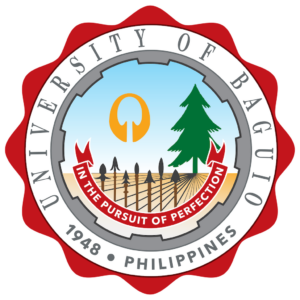The game industry has earned a high market value in the past years. Statistics show that the population of Filipino developers worldwide is less than 1% due to brain drain. Brain drain is when many educated or professional people leave a place and move to another one that gives better pay or living conditions. In addition, University of Baguio School of Information Technology (UB-SIT) students commonly have web software development as their proposal project for their thesis. From the statements mentioned above, the researchers developed a 2D standalone pixelated role-playing game named Alas Tres with a player structure of single-player and a mixed genre of action and adventure featuring Philippine folklore to contribute to the promotion of Filipino games–featuring Filipinos’ talent in game development. The Philippine folklore included are tiyanak, tikbalang, manananggal, bungisngis, aghoy and mangkukulam. The researchers utilized Godot as the game engine and Aseprite as the art tool. The researchers followed the Spiral methodology that allows incrementing of the game’s development until the final version is released. The design Play Experience (DPE) framework and Input-Process-Output (IPO) framework were employed alongside the spiral methodology. Aside from the developed game, the researchers also created the Game Design Document (GDD), which acted as the blueprint for the game. Furthermore, game learning goals, objectives, mechanics, rules, and feedback systems were determined. Findings show deviations from the initially proposed game functionality due to time constraints and the researcher’s lack of experience in game development. In addition, a bigger multidisciplinary team is needed for game development as many processes exist, such as designing and coding.
Lastly, there was a deviation from the initial Gantt chart due to extra time consumed in-game conceptualization and studying game development in Godot. The researchers concluded that game development requires a lot of focused work and time, especially for developers that are unversed in the game development process and are given a small-time frame. Using free assets, including art, sound, and tools, helped ease the game development.


